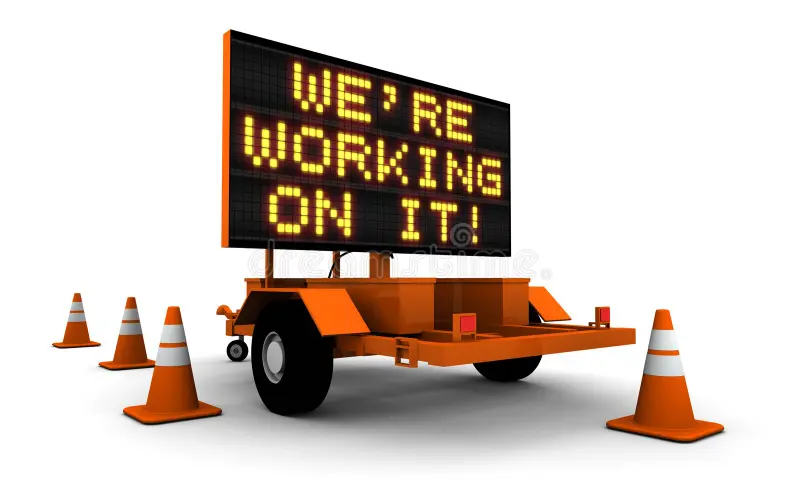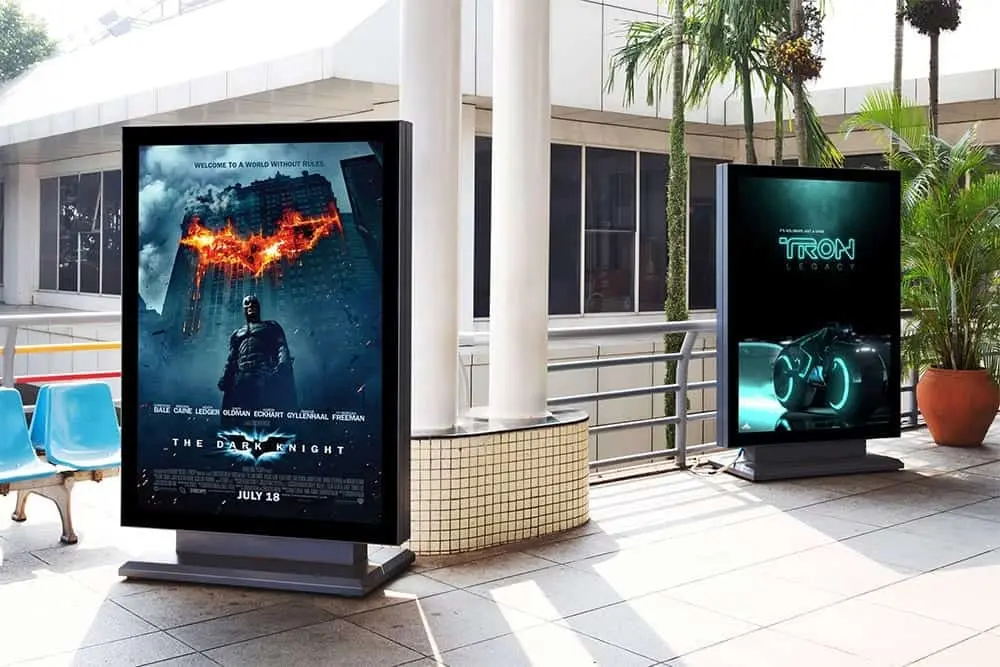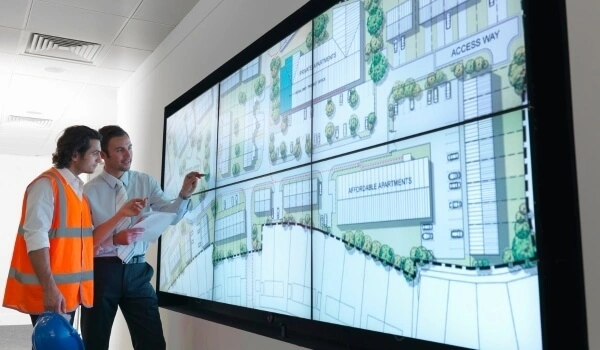Construction sites are dangerous; it is very important that everyone communicates clearly there. Signs during construction inform workers and help keep them out of harm’s way. This blog discusses the various types, design rules, materials, and new ideas in construction signage to keep your area safe and up to code.
Understanding the Purpose and Types of Construction Signage

Purpose and Importance
Signs on construction sites help keep people safe, provide directions, share important information, and ensure rules are followed. Good signage helps keep employees safe, improves workflows, and encourages a safe atmosphere on busy job sites. When signage is unclear or not visible, there is a much greater risk of confusion, accidents, and lawsuits.
Types of Construction Signage
Signs used in construction are generally sorted by their purpose and appearance.
• Safety Signs: Safety signs point out obvious dangers that might happen right away, including falling debris, electricity risks, or unstable scaffolding. They design their ads with strong colors, clear symbols, and simple messages to get noticed right away.
• Directional Signs: On big sites with many zones, directional signs are necessary for finding your way. Thanks to directional signs, workers and visitors can find the entrances, exits, places they should not enter, and important facilities, which make the workplace safer and more efficient.
• Signs with Details: These signs tell you the site manager’s name, which PPE to wear, what to do in an emergency, and safety guidelines. Because they provide quick answers, they are important for staying informed.
• Warning Signs: To make people act quickly, they include strong messages and vivid designs (such as “DANGER: LIVE WIRE”).
Regulatory Compliance, Materials, and Design Essentials

Compliance and Standards
Construction signs in the U.S. should be in line with OSHA standards and internationally with ANSI or ISO safety regulations. These regulations require certain colors, symbols, fonts, and locations for signs to make sure every road is the same and easy to understand. Failing to comply with health and safety regulations can result in high fines and greater danger for staff.
Materials for Durability
Signs on building sites are exposed to tough weather, so they need to be made from very strong materials. Signs made with aluminum are appreciated for not rusting and for lasting a long time. Coroplast is a good choice for inexpensive and portable signs that will be used only for a short time. Reflective vinyl makes outdoor signs more visible when it’s dark, and UV protection keeps the signs from fading in the sun for a longer time.
Effective Rules for Design
Readability is the most essential quality. For danger, sign designers use red; for caution, they use yellow; and for safety, they use green. Choosing sans-serif fonts and writing in uppercase helps make the information easy to understand. Pictograms are understood globally, allowing all workers to understand the safety instructions as soon as they see them. You should avoid cluttering, so your signs do not become confusing to viewers.
The Rise of Construction Digital Signage
Digital signage is making construction site communication better. Unlike fixed signs, digital displays allow you to change the message in real-time from a remote location as needed for different site conditions, weather alerts, or emergency messages. They can be connected to IoT sensors so that the content on the sign is changed automatically by changes in temperature, when motion is detected, or in the presence of hazardous gases. Because digital signage is adaptable and instant, there is no need to keep printing new signs and replacing them, making systems safer and more efficient.
Installation and Maintenance Best Practices
Installation done correctly helps construction signage be seen and noticed by many people. Eye-level signs should be placed along busy routes to help everyone notice them. The hardware attached to buildings must be able to resist wind, rain, and dust. You should check your signs after a storm, clean them, and replace those that have become hard to read or faded. When signage is not clear, it may cause accidents.
Innovations and Future Trends in Construction Signage

Smart and IoT-Integrated Signs
When signage is linked to IoT, it changes the game. Sensors on smart signs can notice changes in temperature, detect movement, or identify gas leaks and then inform workers right away by updating the sign. With QR codes on signs, guests can quickly access digital manuals, learn about safety, and report incidents, which cuts down on paper use and makes things easier to communicate.
Sustainability and Eco-Friendly Solutions
Sustainability is now an important focus for those designing construction signs. More and more, buildings are using recyclable materials, solar power, and LED lighting. These solutions help the environment and save money on operations.
Augmented Reality and AI-Driven Alerts
AR solutions can display hazard warnings right in front of a worker, which can help them stay more aware of their surroundings. AI software looks at current information to identify possible risks, such as detecting that equipment is overheating or that an area is getting too crowded.
Customizing Construction Signage for Brand Identity
In addition to meeting rules, construction signage helps to promote the company brand. Adding a company’s colors, logos, and the same message style to all signage helps create a professional image and makes clients, employees, and stakeholders feel confident. Custom signs increase safety and add to a company’s good reputation, especially on sites that are public or well-known.
Protect Your Site and Workforce with Expert Construction Signage
Having proper signage at construction sites keeps your team safe and ensures your project goes well. Both old-fashioned and digital signage help keep your site safe, limit risks, and maintain its efficiency. Employ the help of experienced signage companies that know construction sites to plan, put up, and care for your signs, ensuring safety every day.
Frequently Asked Questions (FAQs)
What distinguishes warning signs from danger signs?
Danger signs show that there is a very serious and immediate danger, and warning signs point to serious risks that aren’t as immediate.
Is digital signage cost-effective for small sites?
Even though the initial outlay is greater, digital signage saves money over time and lets you update messages instantly.
How often should construction signs be inspected?
After each period of poor weather, it is important to check the system at least once a week. Replace signs that are dirty or cannot be read at once.
Can construction signage be multilingual?
Using signage in several languages is important on different websites to guarantee everyone can read the safety information.
Are there universal color standards in construction signage?
Yes. According to ANSI and ISO, red is used for danger, and yellow is used for caution to help everyone understand the message.





